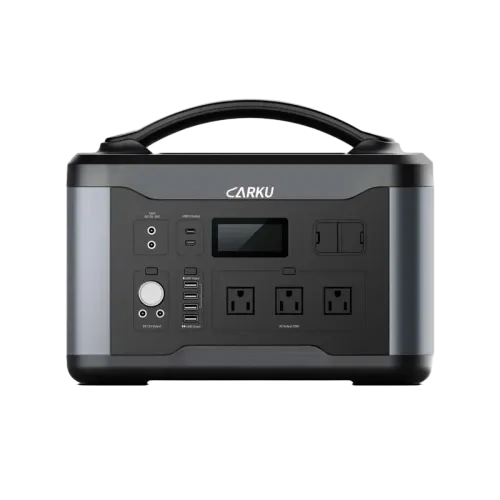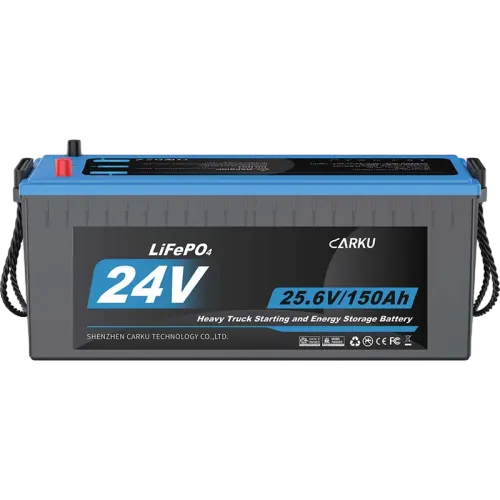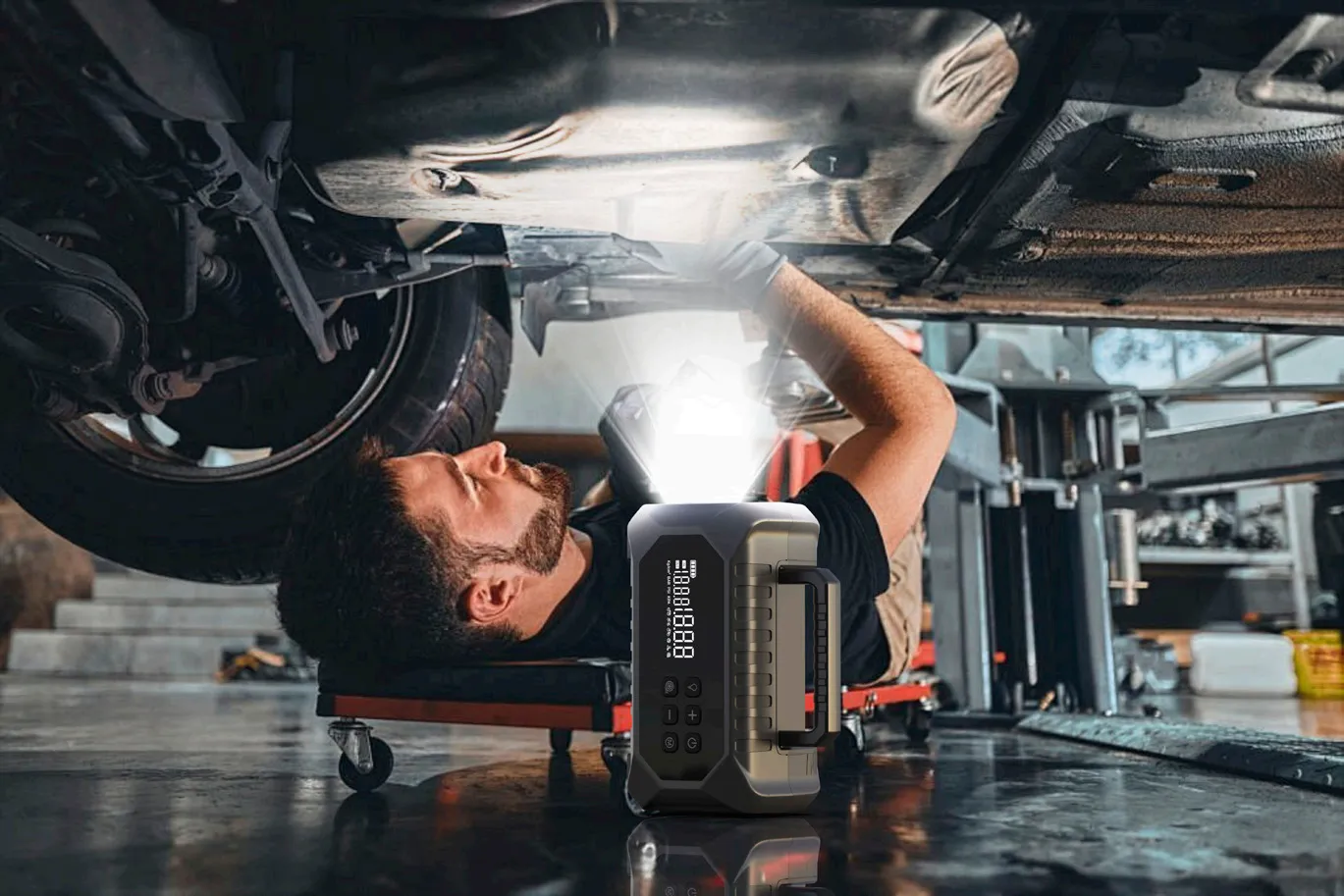Choosing the wrong jump starter or one with insufficient amps can leave you stranded when your battery dies. To avoid this, it’s essential to understand how different jump starter types and amp ratings work for various vehicles — especially the difference between peak amps and starting amps.
How Many Amps Do I Need to Jump-start a Car?
When choosing the right jump starter, the most critical factor isn't the peak amps rating, but rather the starting amps (also called cranking amps or CA). Peak amps represent only the maximum instantaneous current the device can deliver for a split second, while starting amps indicate the continuous current output the jump starter can maintain for 30 seconds at 72°F (22°C). This sustained power is what actually determines whether the device can keep the starter motor turning long enough to fire up your engine.
Understanding this difference is key to matching the right jump starter to your vehicle’s real starting power demand. In real-world scenarios, vehicles have vastly different power requirements during startup.
-
Gasoline engines: Typically require 400–800A starting amps during cold starts.
-
Diesel engines: Require 1500A or more at startup due to higher compression ratios and greater internal resistance.
This is why diesel vehicles often struggle to start in winter—cold temperatures significantly reduce battery chemical reaction efficiency and current output, while thickened engine oil increases resistance, further raising the required starting current.
Beyond vehicle type and fuel, many real-world conditions affect starting requirements: prolonged parking periods, battery depletion, alternator failure, and more. Even an aging battery that "still works" may struggle in cold weather. For example, one owner replacing the original battery in a 2014 Audi A4 noticed labored cold starts simply because low temperatures reduced available current output.
In short, selecting a jump starter with the right starting amps matched to your engine type ensures reliable starts. Next, let’s look at how different amp levels perform across vehicle categories.
-
Small gasoline cars (1.0–2.0L engines): Need 400A–800A starting amps (1000A peak is reliable)
-
Mid-to-large gasoline cars (2.0–4.0L, including turbocharged): Need 800A–1500A starting amps
-
Diesel vehicles, pickups, commercial vehicles: Require at least 1500A–3000A starting amps—higher is more reliable
Additionally, ensure your selected lithium jump starter can operate across extreme temperature ranges. If your vehicle frequently faces high heat or freezing conditions, you must choose a device explicitly rated for low-temperature high-current output and compatible with your engine displacement (e.g., 2.8L diesel).
In short, choosing a jump starter with sufficient starting amps matched to your engine type ensures reliable starts. Next, let’s compare how different amperage levels perform across various vehicle categories.
Compare Different Amps Jump-start Vehicles
After understanding the difference between peak and starting amps, it’s time to see how various amperage ranges perform for real-world vehicles.
Because batteries deliver lower current output in cold conditions, jump starters with 1500–2000 peak amps are often preferred for winter reliability.
When comparing jump starters, amp rating is one of the most important specifications to look at. A 1500–3200 amp jump starter offers excellent flexibility for household and outdoor use, providing enough power for most gasoline and diesel vehicles. On the other hand, 4000+ amp heavy duty jump starters are designed for fleet and commercial use, where multiple jump-starts per day are common.
These high-output jump starters are built to handle heavy-duty vehicles and high-frequency operations, making them a reliable choice for service centers or professional roadside assistance. The higher peak amperage ensures the necessary burst of current even in extreme weather or when dealing with larger engines.
Now that we understand how amp ratings work, let’s compare how different power ranges perform for everyday vehicles versus professional use.
1500–3200 Amp Jump Starters — Everyday Power You Can Rely On
Ideal for everyday drivers and light-duty use.
This range perfectly covers most personal vehicles, SUVs, and light trucks. With roughly 20+ jump-starts on a single charge, they deliver impressive lifespan and efficiency. Their splash-proof protection also makes them suitable for outdoor adventures or emergency roadside use.
For drivers who want an all-in-one solution, these units often double as portable power banks for phones, laptops, and small appliances, ideal for home backup or camping.
4000+ Amp Jump Starters — Industrial-Grade Performance for Professionals
Focus on B2B or professional angle.
In commercial use or fleet management, higher peak amperage is crucial. Heavy-duty models exceeding 4000 amps are built to handle repeated use throughout the day. They can start large diesel engines, construction equipment, and commercial trucks with ease.
Their reinforced design, extended lifespan, and advanced protection systems ensure reliability under demanding conditions. If you operate in service operations or manage a fleet, investing in these industrial-grade models guarantees long-term durability and dependable power delivery.
Always match the jump starter’s amperage to your engine size, usage frequency, and operating environment.
What Is The Best Amp For a Car Jump Starter?
Different Choosing the right jump starter depends largely on your vehicle size, engine displacement, and fuel type. Here’s a quick reference chart summarizing the recommended starting amps and peak amps for different vehicle categories.
Vehicle Type
|
Engine Size / Fuel Type
|
Recommended Starting Amps
|
Recommended Peak Amps
|
Typical Usage Scenario
|
Compact Cars/Small Suvs
|
Under 2.0L Gasoline
|
400–800A
|
800–1000A
|
Daily commuting, small sedans, hatchbacks
|
Mid-to-Large SUVs / Turbo Gasoline Cars
|
2.0L–4.0L Gasoline
|
800–1500A
|
1200-2000A
|
Family SUVs, performance sedans, vans
|
Diesel Cars / Light Pickups
|
2.0L–3.0L Diesel
|
1000–2000A
|
2000-3000A
|
Diesel passenger cars, light-duty trucks
|
Heavy-Duty Pickups / Commercial Vehicles
|
3.0L+ Diesel
|
1500–3000A
|
3000-4000A+
|
Fleet operations, delivery vans, buses
|
Industrial & Construction Equipment
|
High-displacement Diesel
|
2500A+
|
4000A+
|
Excavators, tractors, service vehicles
|
By matching your vehicle type and usage needs to the right amp range, you’ll ensure reliable starts year-round — whether it’s your daily commute or a commercial fleet in harsh weather.
In Conclusion
Use this chart as a quick reference to match your vehicle’s engine type and size with the proper jump starter range. The higher the starting amps, the more consistent power your jump starter can deliver, ensuring faster, more reliable starts under all conditions.








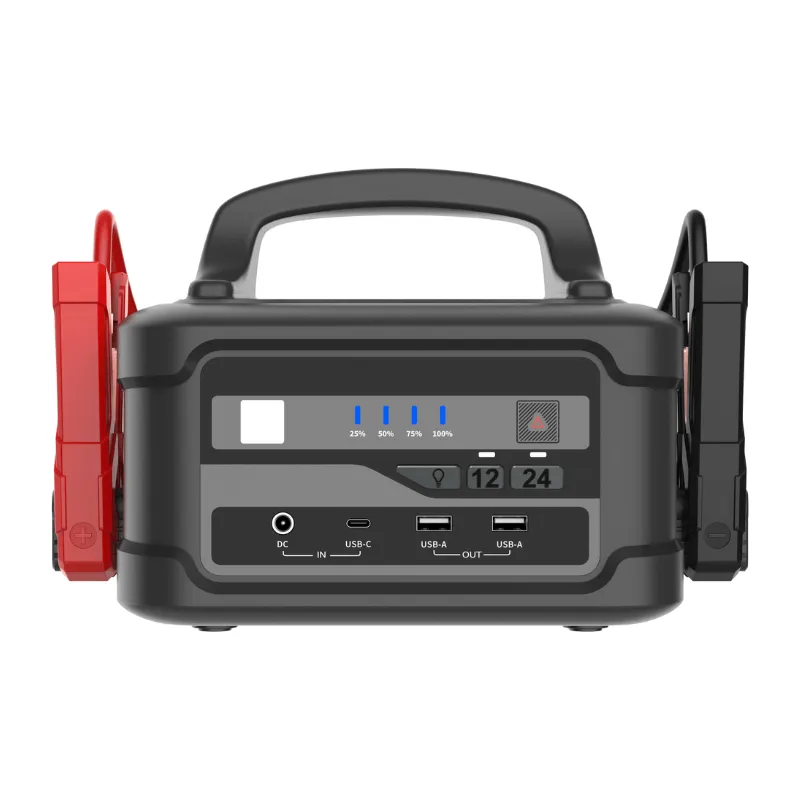
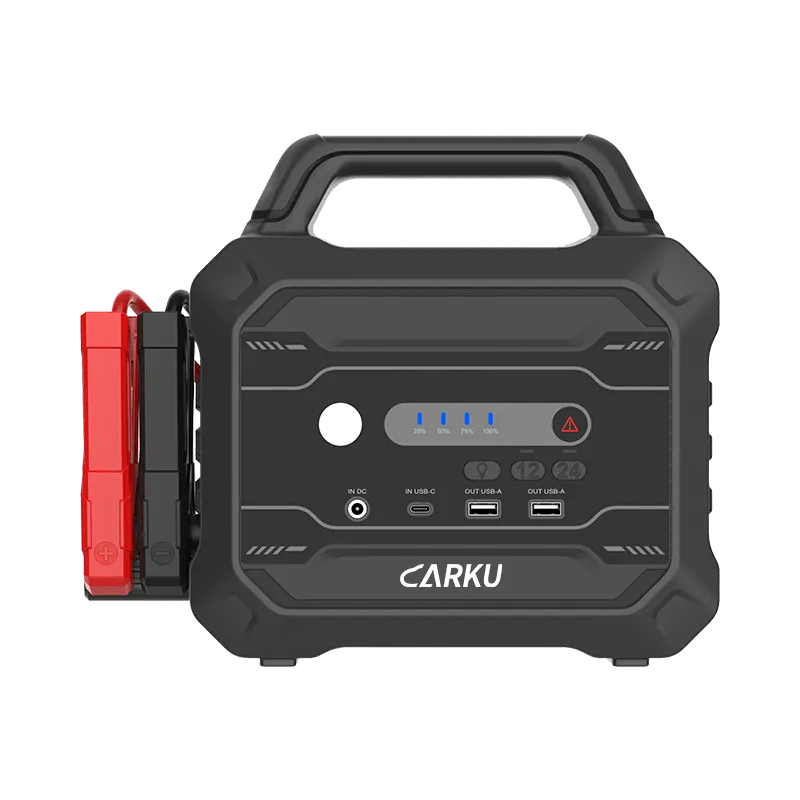
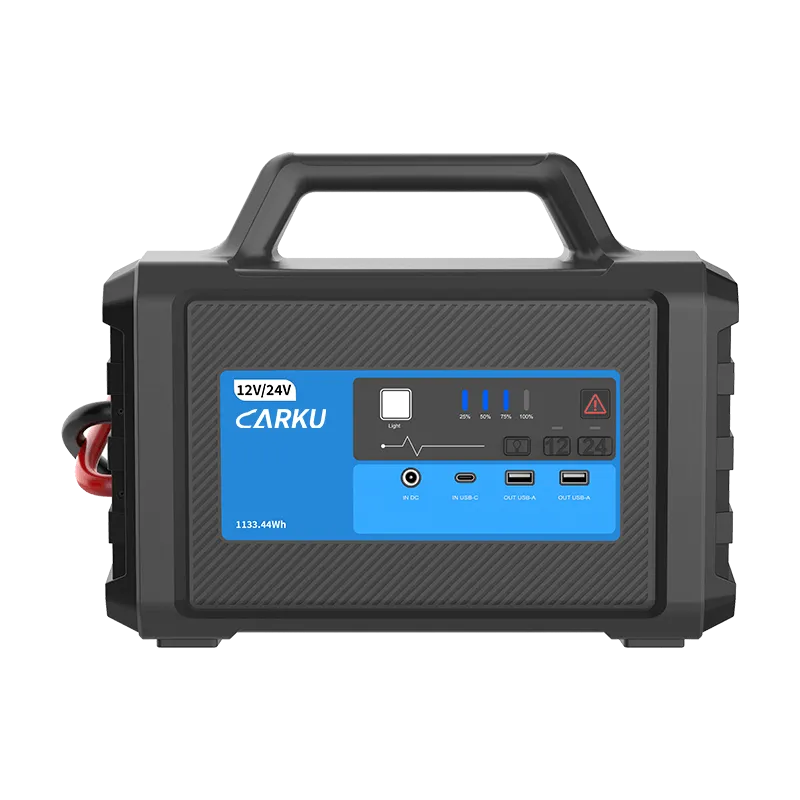
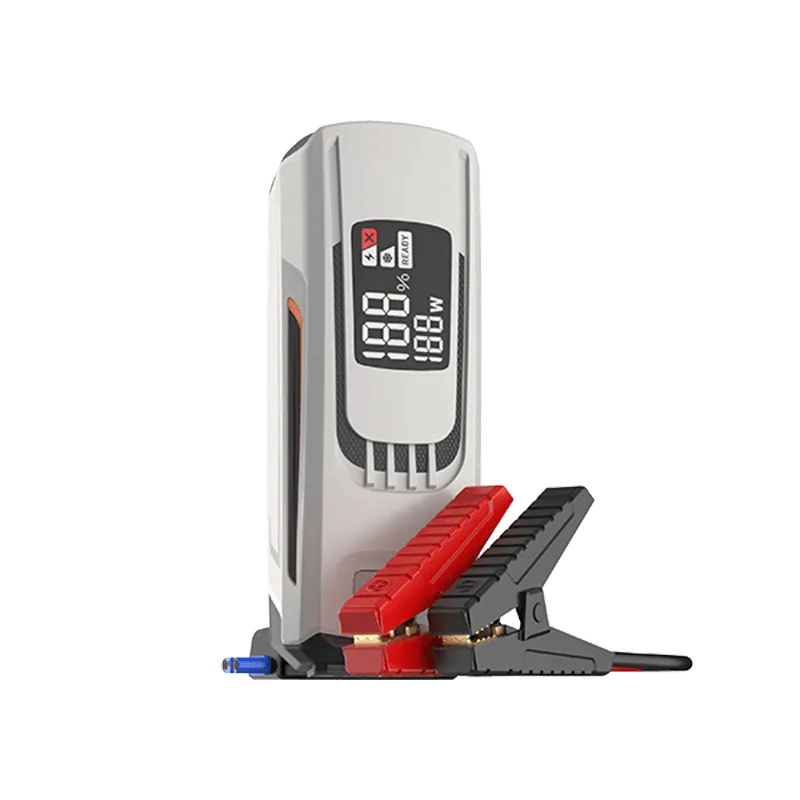



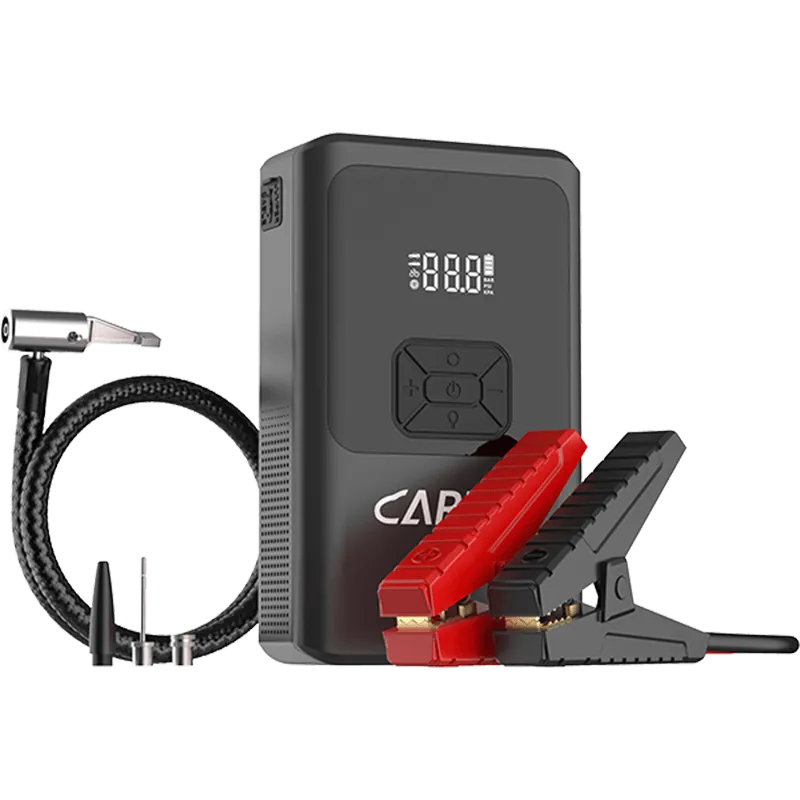

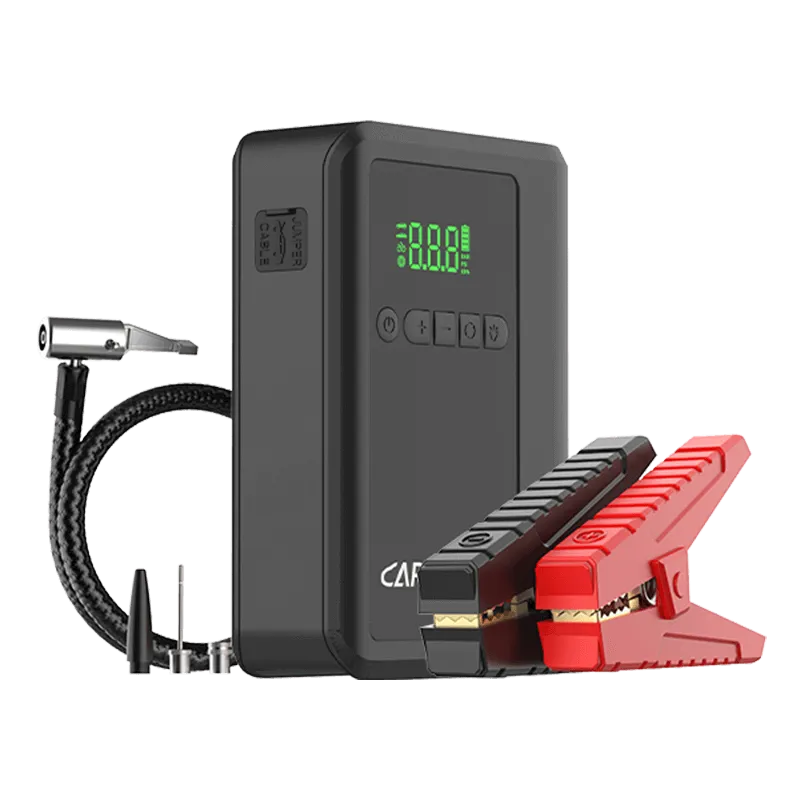
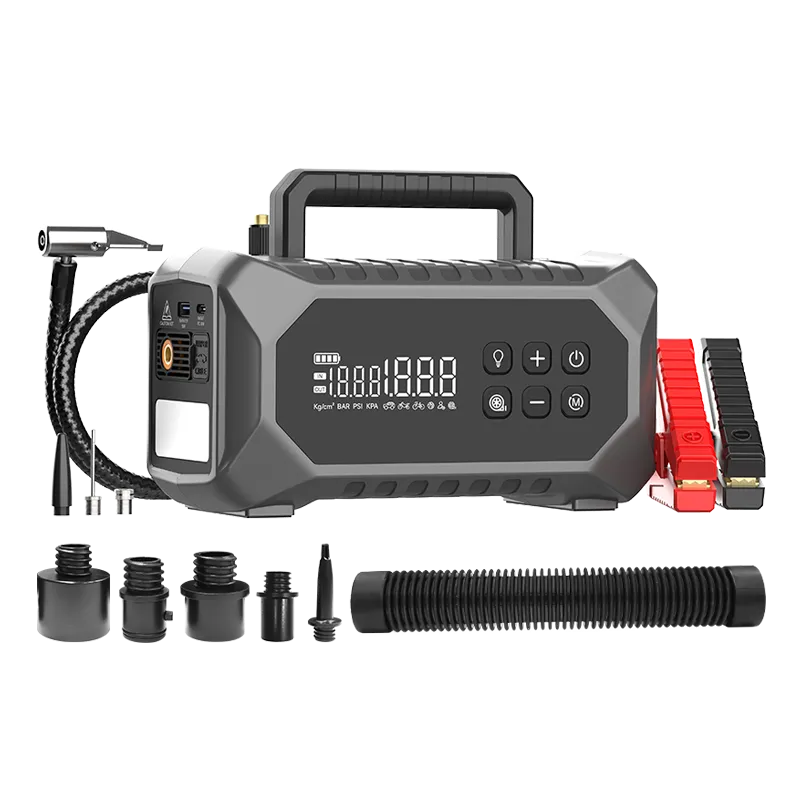


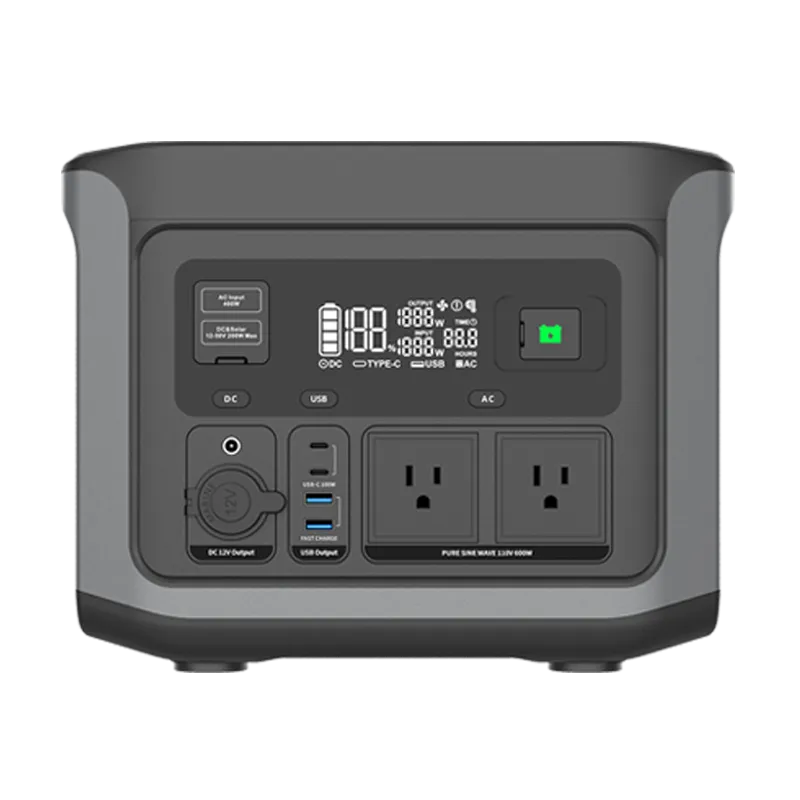
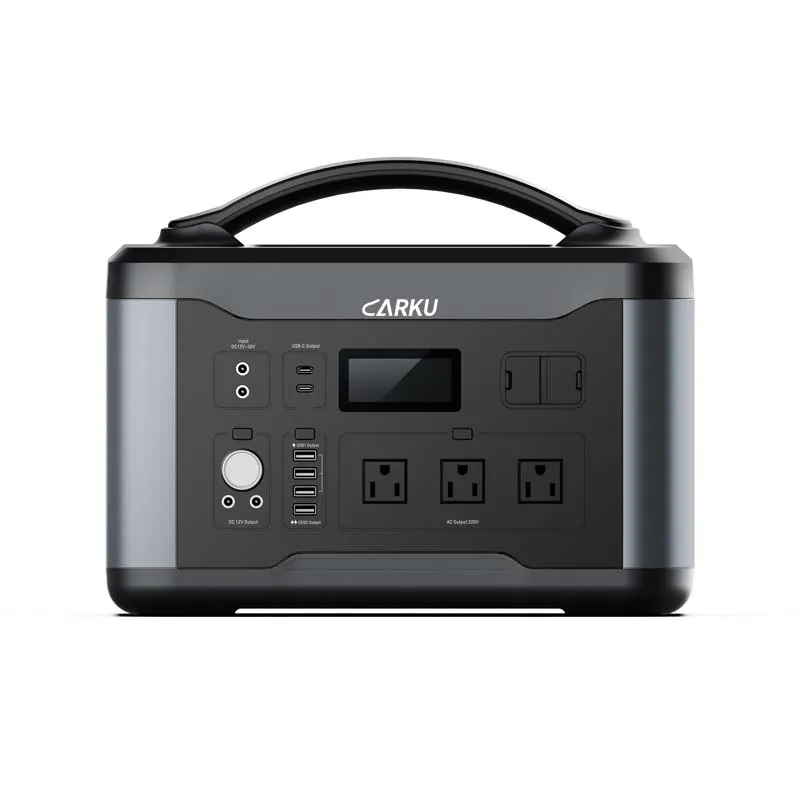
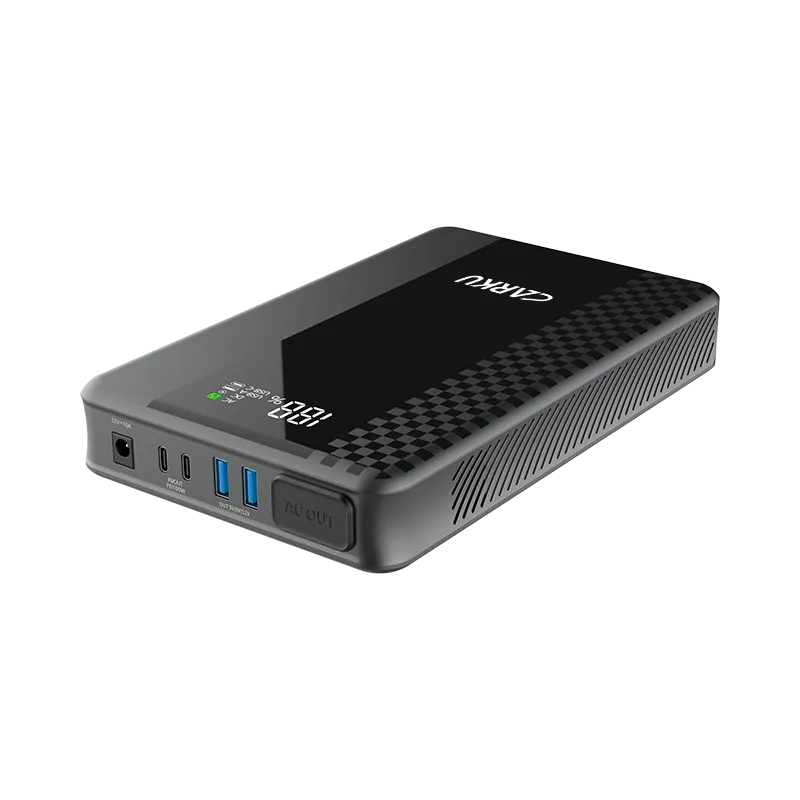

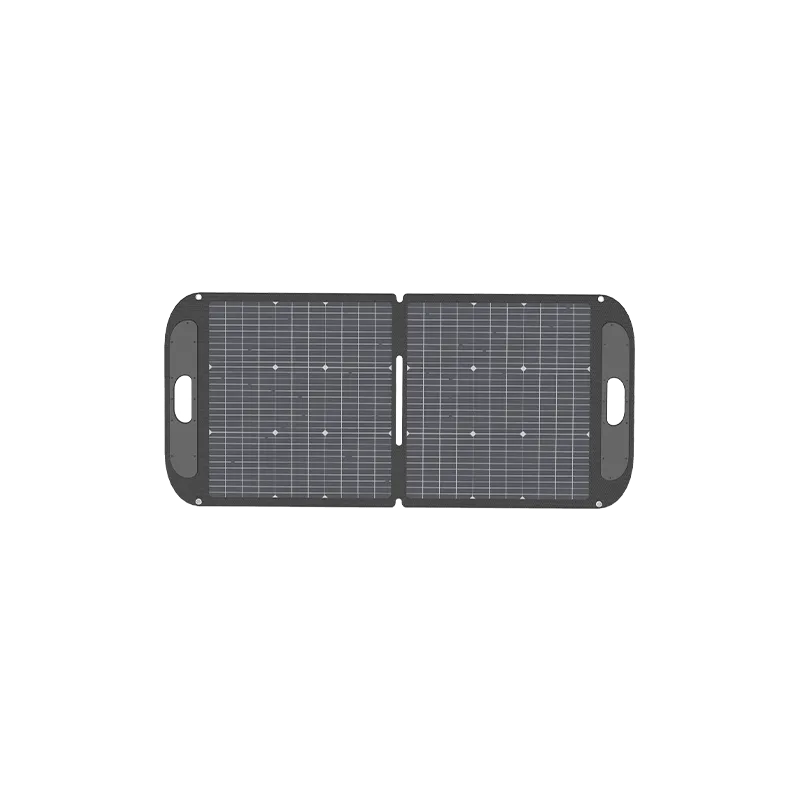
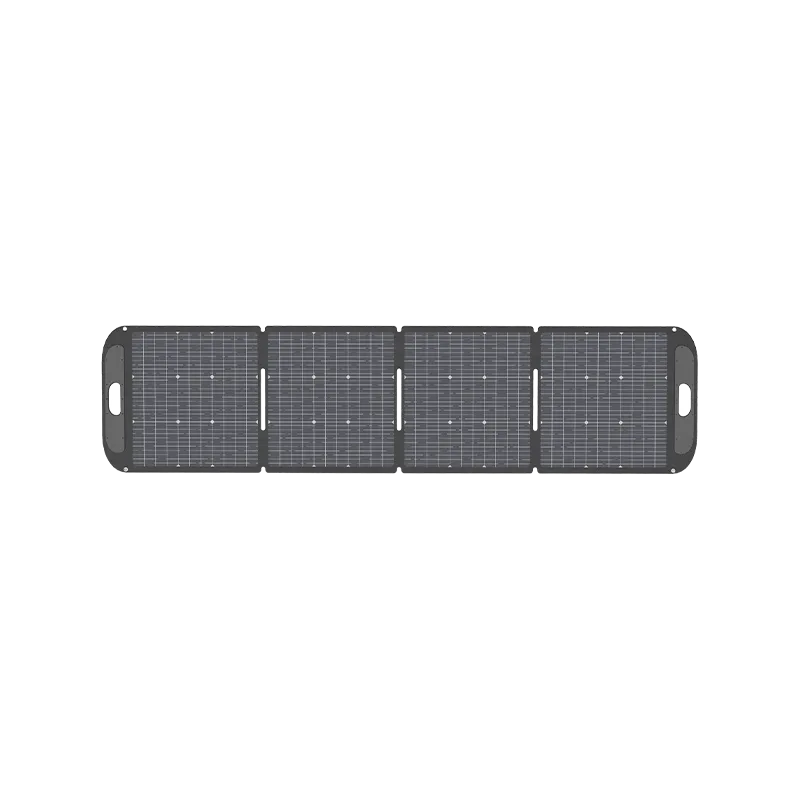
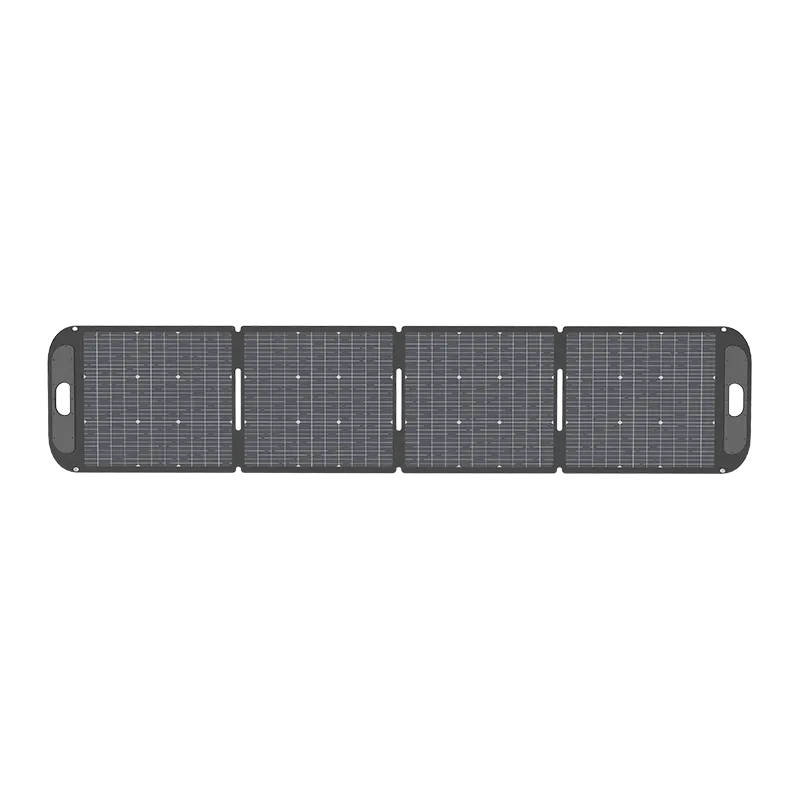
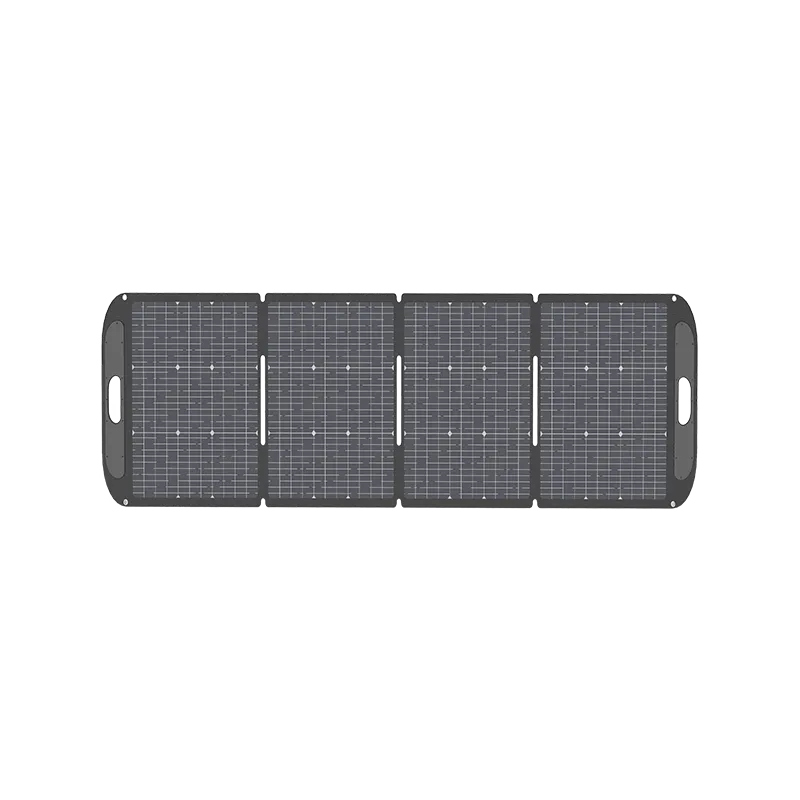
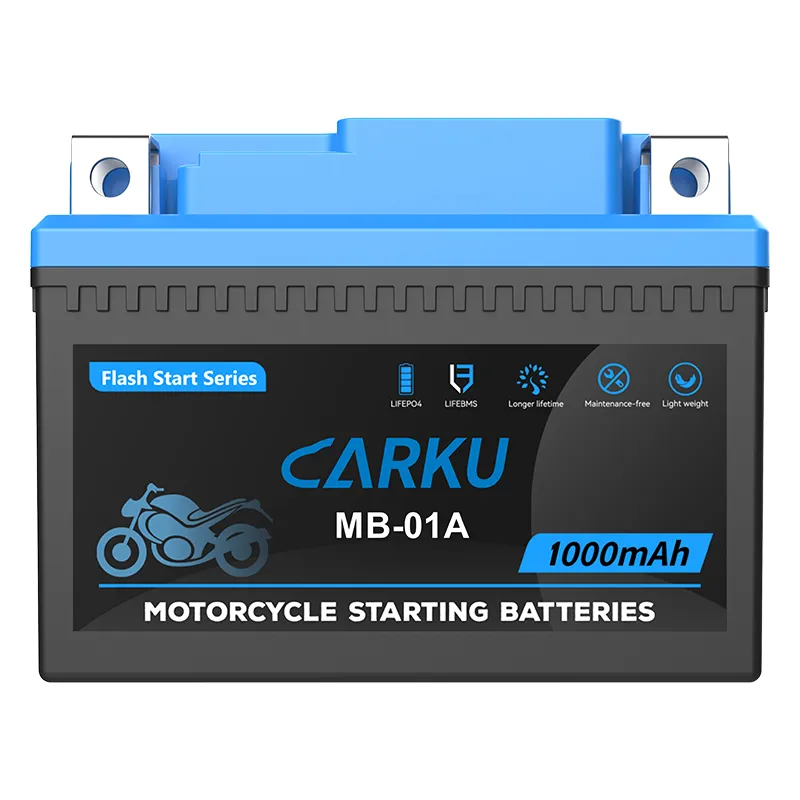


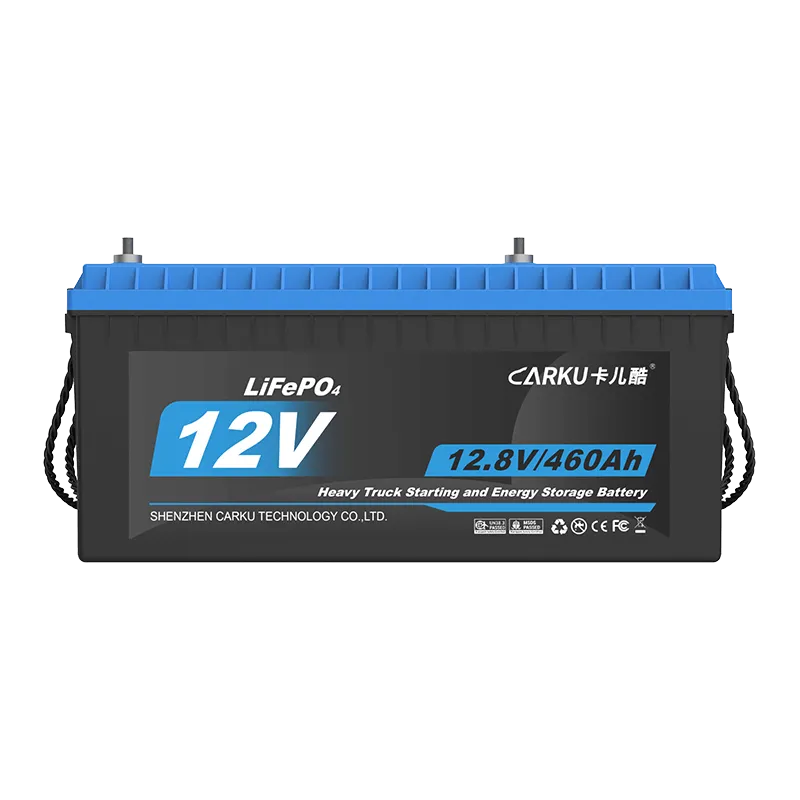

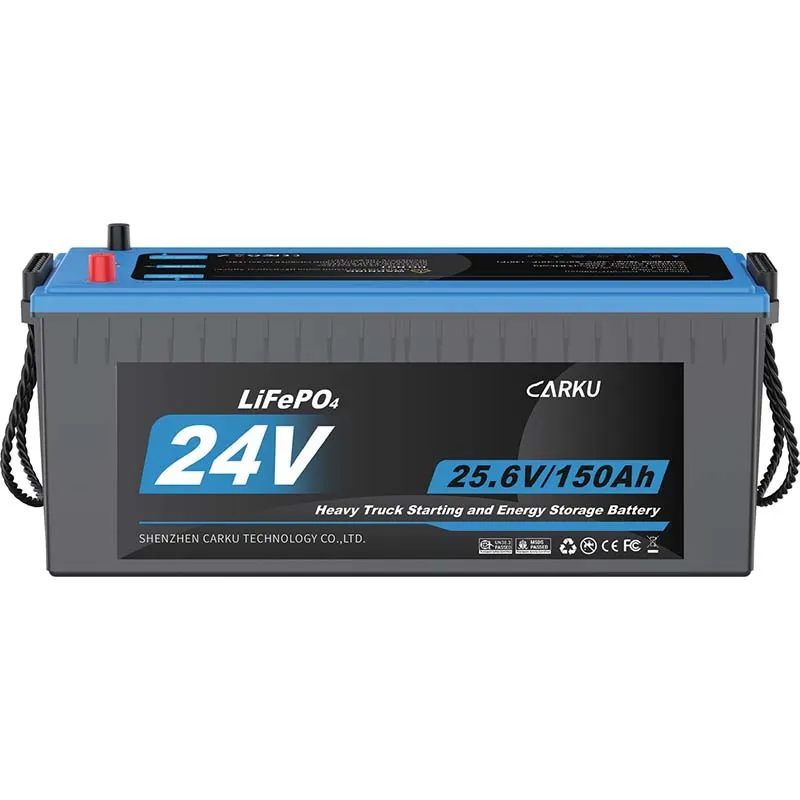
 Jump Starter ODM/OEM Solutions
Jump Starter ODM/OEM Solutions Portable Power Station ODM/OEM Solutions
Portable Power Station ODM/OEM Solutions Starting Battery ODM/OEM Solutions
Starting Battery ODM/OEM Solutions ABOUT CARKU
ABOUT CARKU STRENGTH FACTORY
STRENGTH FACTORY THE DEVELOPMENT HISTORY OF CARKU
THE DEVELOPMENT HISTORY OF CARKU CORE COMPETITIVENESS
CORE COMPETITIVENESS COMPANY CULTURE
COMPANY CULTURE QUALIFICATION
QUALIFICATION
 CARKU News
CARKU News CARKU Exhibitions
CARKU Exhibitions CARKU Battery Applications
CARKU Battery Applications


